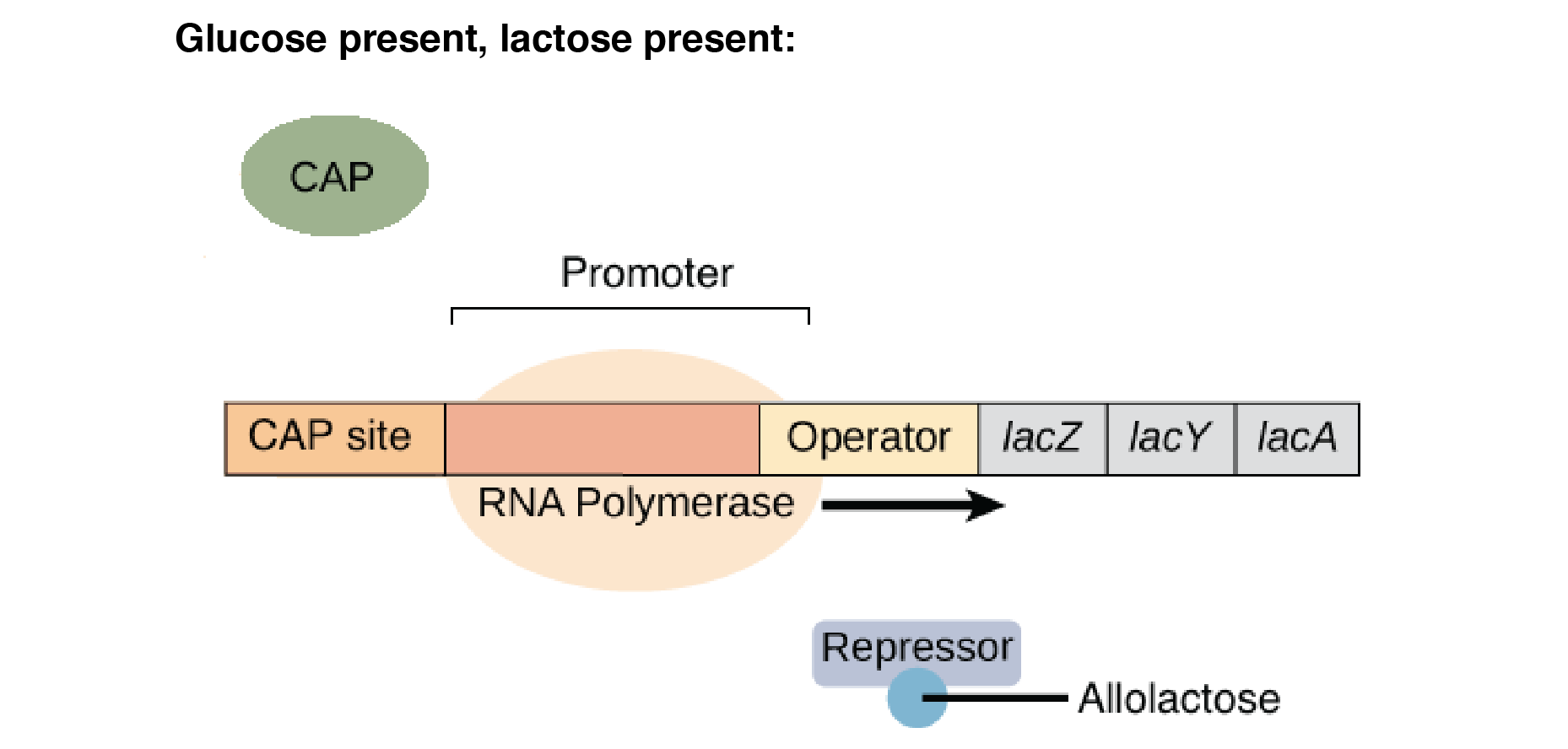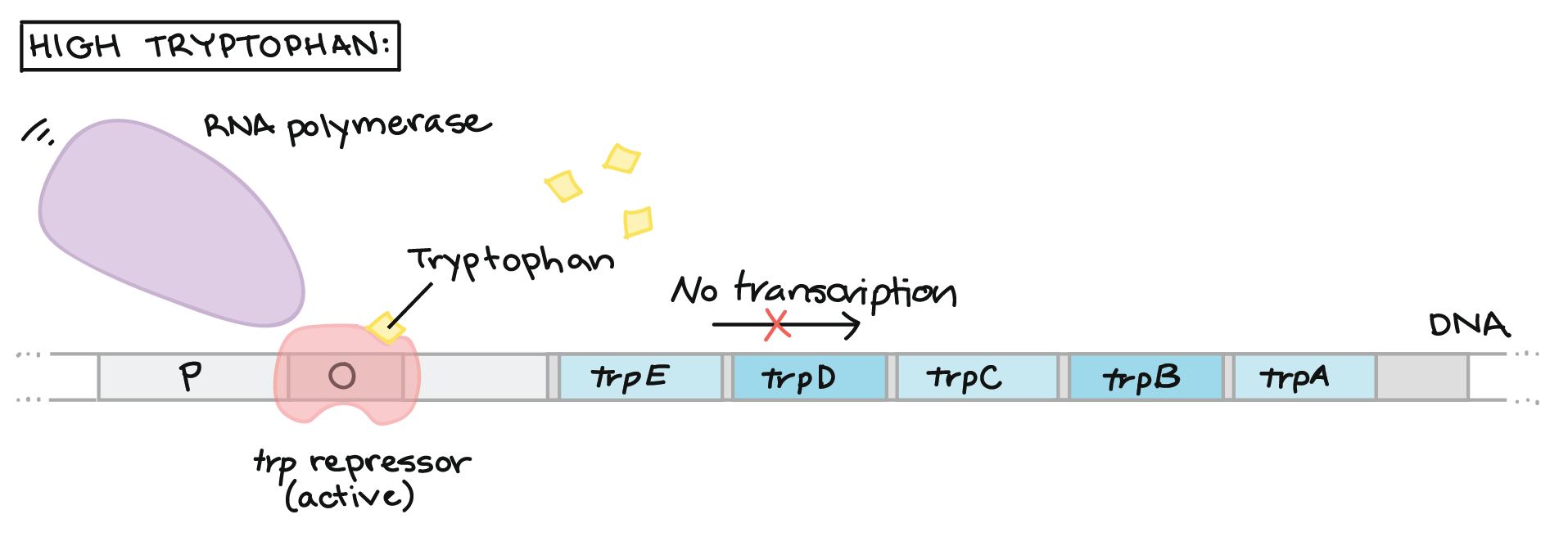Translocation can be differed like balanced/unbalanced or reciprocal/robertsonian
The term balanced means an even exchange of material with no extra or missing genetic material.
so looking at the genomic level, if there is no loss of gene, it is called a balanced translocation.
Let's see some examples

the picture is from https://en.wikipedia.org/wiki/Chromosomal_translocation
this shows a translocation between chromosome 4 and chromosome 20
even though the amount of exchange( the amount of translocated chomosome of 4 and 20) is different, still the genomic sum is the same so it is considered as balanced translocation.
Still confused? lets look at this picture.
the picture is from http://zimdarsgen564s14.weebly.com/recent-research-updates.html
the picture of the below shows the unbalanced translocation
because the translocated parts are not going to directly to the homologus, causing a very tiny chromosome. so that small chromosome cannot survive, leading to karyotype of 45, making a gene loss.


